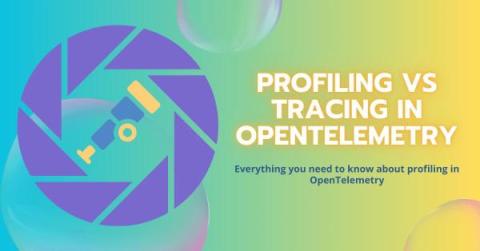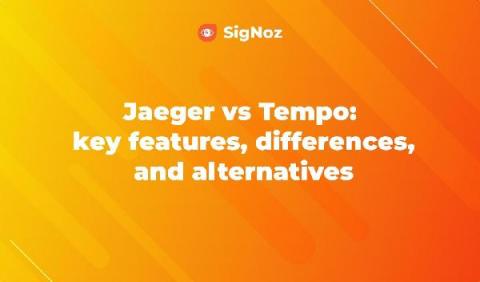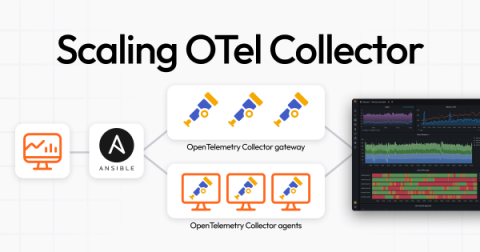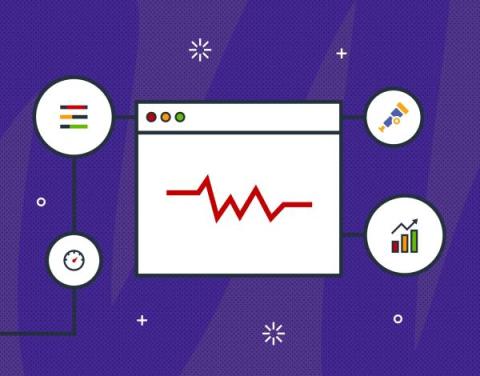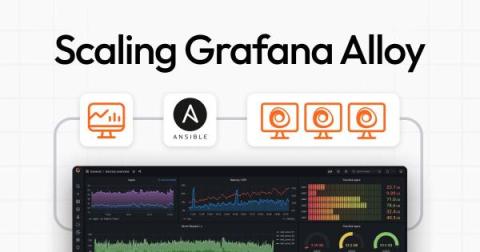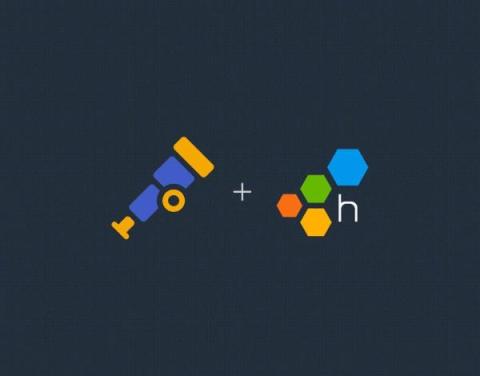Profiling Vs Tracing in OpenTelemetry
When OpenTelemetry first came into the picture with the merger of OpenCensus and OpenTracing in 2019, it was pretty much all about classic telemetry data, namely- logs, metrics, and traces. Since then, OpenTelemetry has become an indispensable tool in the modern observability landscape. With frequent integrations and introduction to new capabilities every year or so, it has poised itself as an invaluable tool for cloud enterprises.


